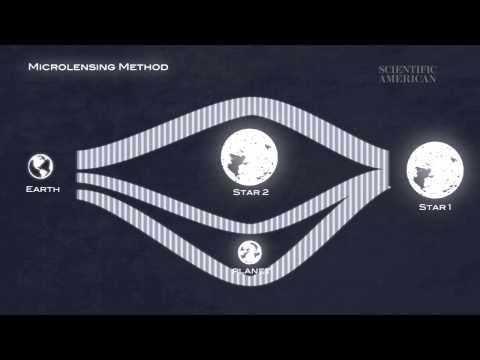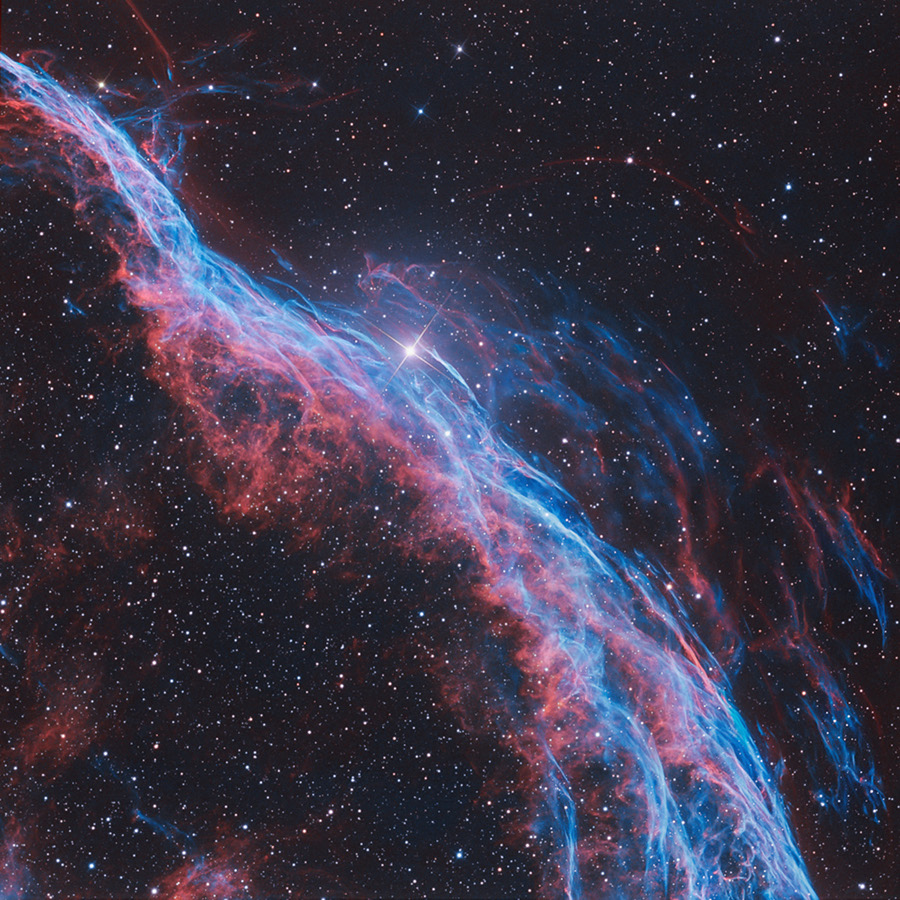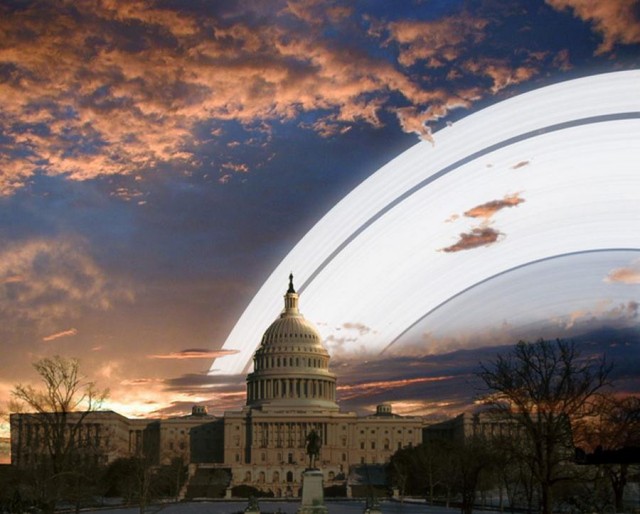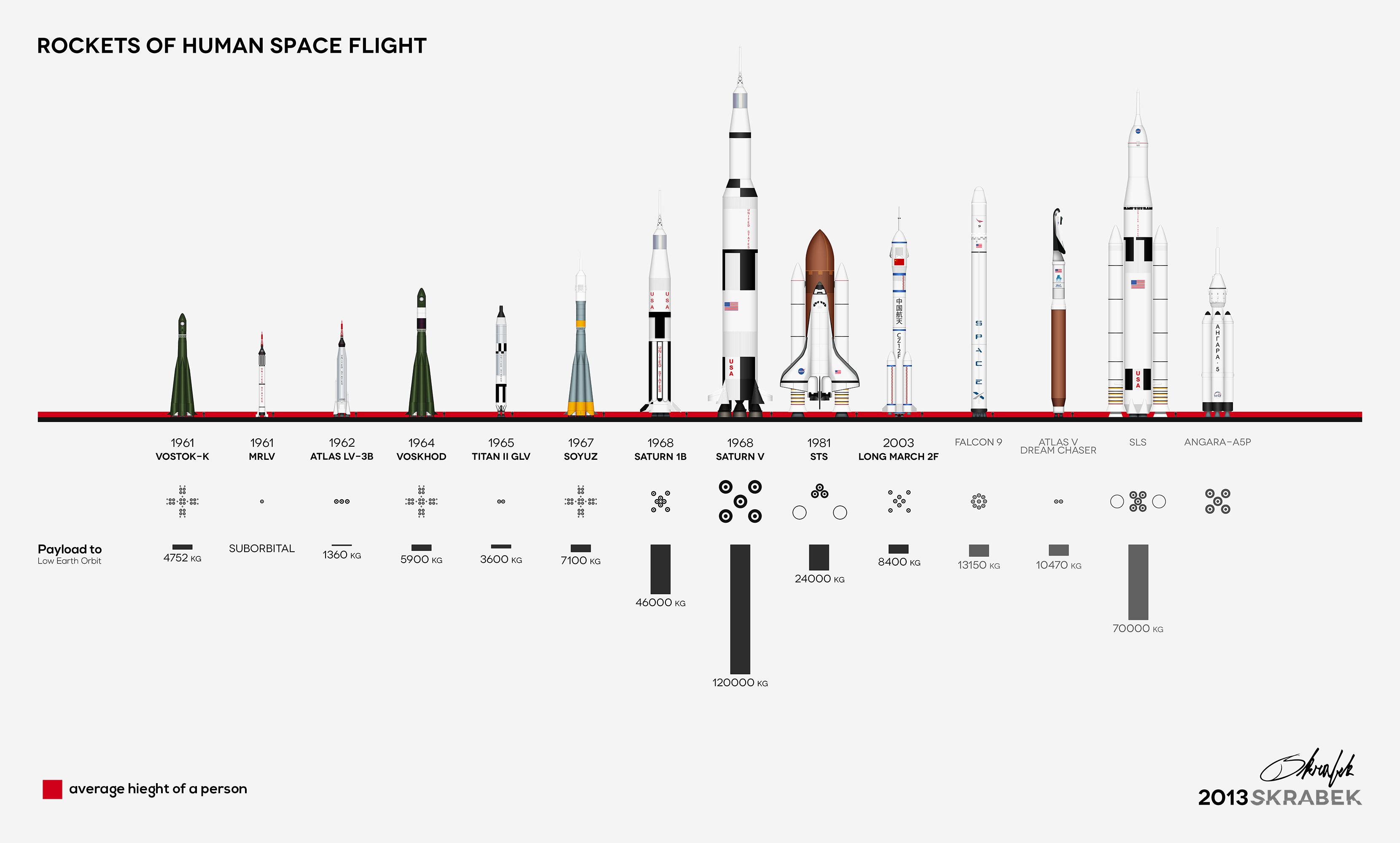Tagged: space
How do Astronomers find Exoplanets?
NASA’s Kepler spacecraft has discovered nearly 3,000 possible exoplanets by tracking slight fluctuations in starlight to reveal their orbits. This is one of several methods employed in the hunt for the next habitable world. Scientific American editor John Matson explains.
NGC 6960: The Witch’s Broom Nebula
Ten thousand years ago, before the dawn of recorded human history, a new light would have suddenly have appeared in the night sky and faded after a few weeks. Today we know this light was from a supernova, or exploding star, and record the expanding debris cloud as the Veil Nebula, a supernova remnant. This sharp telescopic view is centered on a western segment of the Veil Nebula cataloged as NGC 6960 but less formally known as the Witch’s Broom Nebula.
Hallucinogens as medicine
Is it possible that, because of the war on drugs, we have demonized a treatment for otherwise untreatable diseases? A way to increase personal well-being, permanently treat depression, break the cycle of addiction, and ease the transition from life into death? The solution to all of these problems (for many people) might be a nice, hallucinogenic trip, but taking that trip can be harder than you might think.
If Earth had rings like Saturn (4 pictures)
Earth is a very lucky planet to have its beautiful moon, offering us romantic moonlit nights. But what if our Blue planet had rings like Saturn?
Rockets of Human space flight
The first human spaceflight took place on April 12, 1961, when cosmonaut Yuri Gagarin made one orbit around the Earth aboard the Vostok 1 spacecraft, launched by the Soviet space program.






